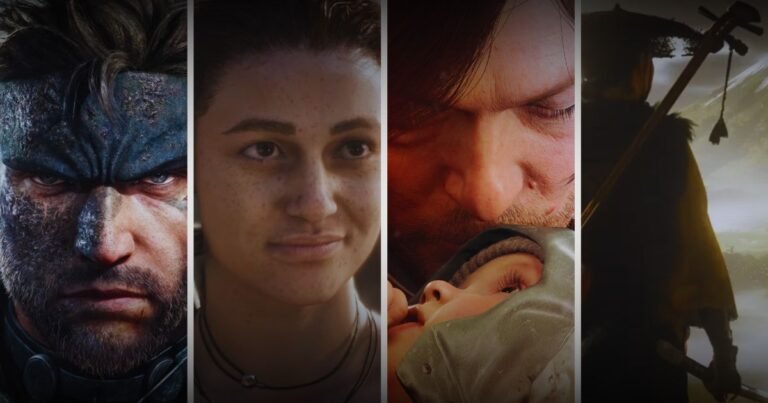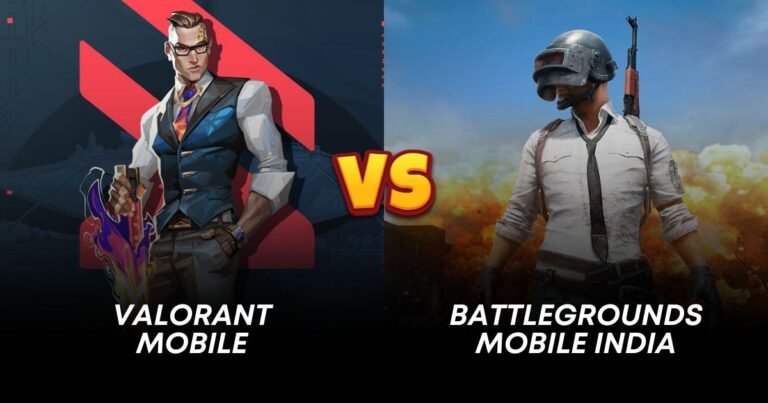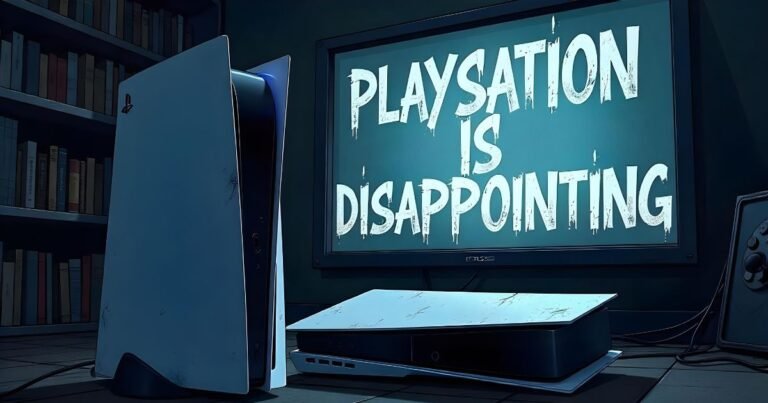PUBG first launched in 2017, and it’s been almost five years since its debut. It became the best-selling PC game, with over 50 million copies sold. Even on mobile, it generated over $10 billion in revenue, making it a top-selling mobile game.
In September 2020, India banned PUBG Mobile. Then, Krafton launched BGMI in June 2021 as its successor. In July 2022, India blocked BGMI, but it returned in May 2023. Despite these bans and comebacks, the game remains popular.
The Beginning of the Battle Royale Concept

People often argue about the first battle royale game. Some say PUBG, some say Fortnite, and others Free Fire. Yet, the concept actually came from a Japanese film, “Battle Royale.“
This film inspired Brendan Greene. He created a battle royale mod for the game Arma 2. The mod became very popular. He also worked as a consultant for H1Z1, which can be considered the first battle royale game.
After working on H1Z1, Greene left Sony and joined Bluehole Games. There, he decided to turn his battle royale mod into a standalone game. Yeah, you guessed it, it’s PUBG. His contribution was crucial in bringing the battle royale concept to video games.
How PUBG Transformed Gaming Culture in India?
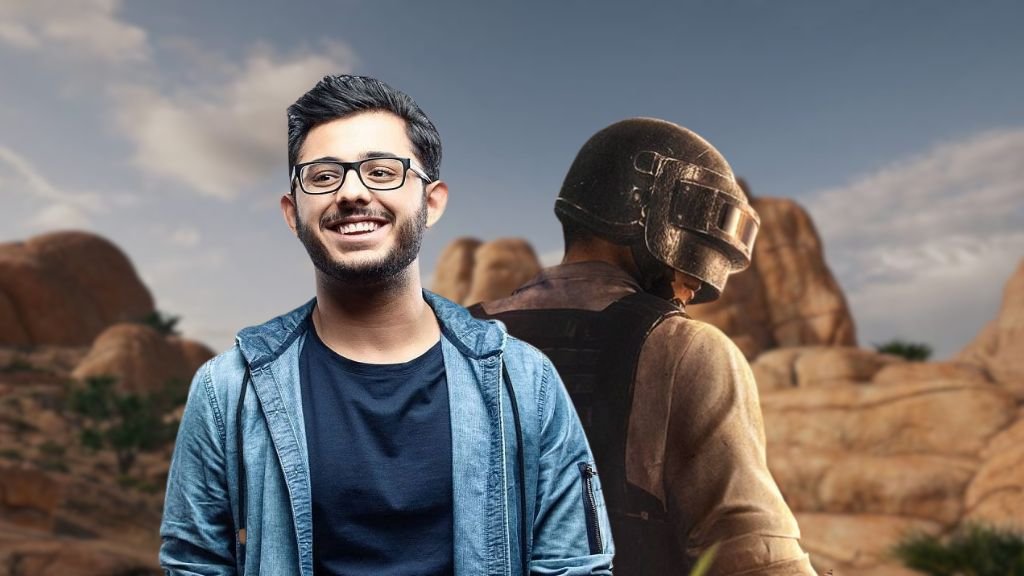
In the early days, the multiplayer gaming scene in India revolved solely around cyber cafes. Whether it was a weekend or a weekday, friends had a fixed plan to visit the nearby LAN gaming parlor. They would play games like Counter-Strike, Dota 2, or any other game for hours.
In 2017 or 2018, if you remember, some streamers in India started playing PUBG PC. There were only a few streamers back then, like Goldy Hindi Gaming and Carry Minati.
I still remember watching Carry Minati’s PUBG streams for hours. At that time, PUBG had just come out, and it was a hit. It was a new concept, and everyone loved it. Instead of studying for my board exams, I would keep watching their streams.
If you’ve been following these streamers from the beginning, then you must have watched a lot of their streams too. Because of Carry’s huge fan base, everyone started loving PUBG, but not many could play it because it required a high-end PC. Then, when the game launched on mobile, it created a sensation. Thanks to Carry’s streams, people already understood the game well, and now they could play it on their own devices.
At that time, streamers began streaming PUBG Mobile. They quickly gained thousands of subscribers daily. New streamers also gained popularity for their pro gameplay and funny commentary.
Fun Fact
Carry Minati wasn’t keen on playing PUBG Mobile at first. He used to say that he had a high-end PC and a PS4, so why would he play games on a mobile? But then, PUBG Mobile got emulator support and then he started playing it. After that, his popularity skyrocketed even more.
So, it was all like a snowball effect. Just like a snowball coming down a hill gets bigger as more snow sticks to it, PUBG’s popularity kept growing with the streamers and the game.
How Budget Smartphones Helped PUBG Become Popular?
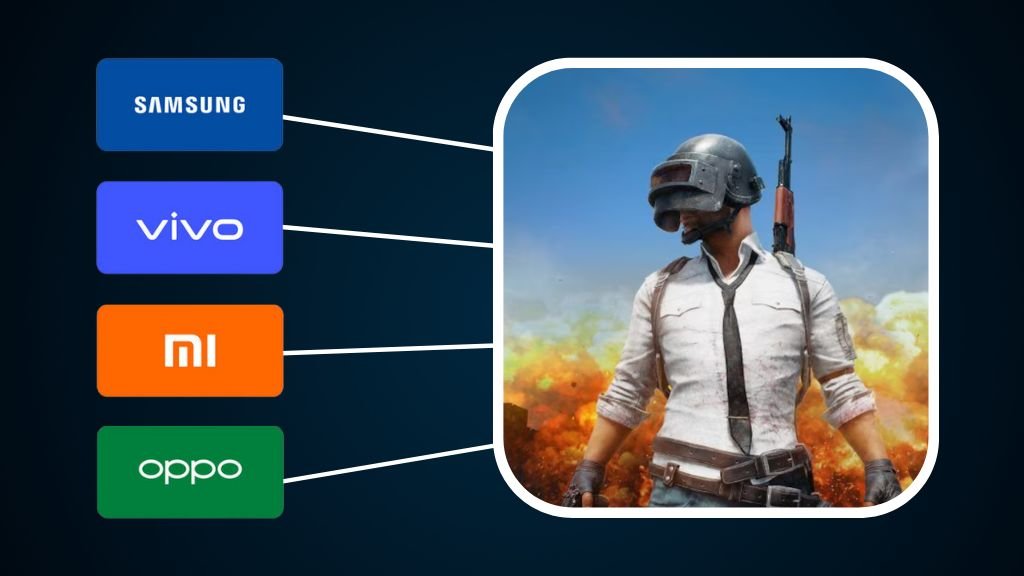
India’s mobile-based culture was a major reason for the growth of PUBG. In India, 90% of people use Budget Android Smartphones from brands like Vivo, Oppo, and Mi.
Around 2016-2017, Xiaomi began selling affordable phones. They introduced the Note series, which outperformed Samsung’s ₹10,000-12,000 models. Xiaomi claimed to offer better performance for less, making games like PUBG accessible. This move prompted Oppo, Vivo, Samsung, and others to launch their own affordable and powerful smartphones.
One day, I saw a man cleaning cars while his son sat on the sidewalk playing PUBG on his phone. This scene showed why PUBG became so popular in India. It was due to budget phones, a free game, free Jio internet, and lots of free time. These factors helped PUBG Mobile. It reached nearly 175 million downloads in India by July 2020.
PUBG didn’t just change the gaming scene in India; it also transformed social gatherings. People started meeting not just to chat but to play PUBG together. The game’s social aspect was key to its popularity.
The Rise of eSports in India
In 2018, Tencent launched the India-exclusive Campus Mobile Tournament and later the PUBG Mobile India Series. These events featured significant prize money and attracted many players to the game, allowing them to showcase their skills on both national and international stages.
PUBG Mobile significantly boosted the eSports scene in India, leading to the establishment of new organizations and bringing eSports into the mainstream. The game’s rise opened up new opportunities, bringing the gaming community together and marking a significant milestone in the gaming industry.
It’s fair to say that eSports and PUBG mutually contributed to each other’s growth.
PUBG’s Unstoppable Growth
Because of its immense popularity, PUBG became a pop culture phenomenon. Even people who don’t play games, and maybe never will, started to know about PUBG.
Entertainment YouTubers created a lot of content related to PUBG, and mainstream news channels began covering the game. This made more adults aware of it.
With this level of popularity, some negative news also emerged. For example, crimes committed because of PUBG caused a lot of concern.
One day, even my dad asked me, “You don’t play PUBG, do you?“
From PUBG’s Ban to BGMI’s Success

Due to security reasons, the government banned PUBG along with 117 other Chinese apps. After many government restrictions and changes, Krafton launched BGMI in 2021, a game made specifically for the Indian audience. Even before its launch, the game had 40 million pre-registrations, and within 50 days of its launch, it had 50 million downloads.
Tournaments like the BGMI Masters Series 2022 attracted millions of people and expanded the player community. BGMI was localized for the Indian audience, featuring Indian celebrities and support for various Indian languages. It also introduced Indian-themed outfits and voice packs, making the game feel more personal.
However, after its launch, the game’s popularity started to decline slightly because matches were often plagued by hackers, which ruined the gaming experience. This issue was addressed by well-known BGMI players like Jonathan, Mortal, and Scout, which in some way impacted the game’s popularity.
BGMI’s Continual Fight for Survival in the Indian Market

After this, due to increasing crimes related to the game and concerns about data sharing with China, the game was once again blocked. For several months, Krafton and the Indian government engaged in discussions. Green elements were incorporated into the game, daily playing limits were enforced, and the game was relaunched on a trial basis. With no negative reports during this period, the game was approved, and tournaments resumed.
However, this time the game’s popularity was affected because people were frustrated that the game could be randomly blocked at any time. They doubted whether it was worth grinding in the game. There have been recent reports about the government considering banning BGMI again. It’s fortunate that nothing has happened yet.
Despite all these hurdles, the game’s player base is still strong and continues to thrive, mainly because of those who are addicted to it or those who want to see their favorite streamers playing it.
And it’s true that BGMI is a game that gamers still enjoy, and if you are one of them, then you should check out budget-friendly wireless earbuds for BGMI.
However, some fans feel that BGMI has become a bit old and boring for the battle royale genre. Because they have been playing it for a long time, the game feels the same to them, no matter how many updates come out.


